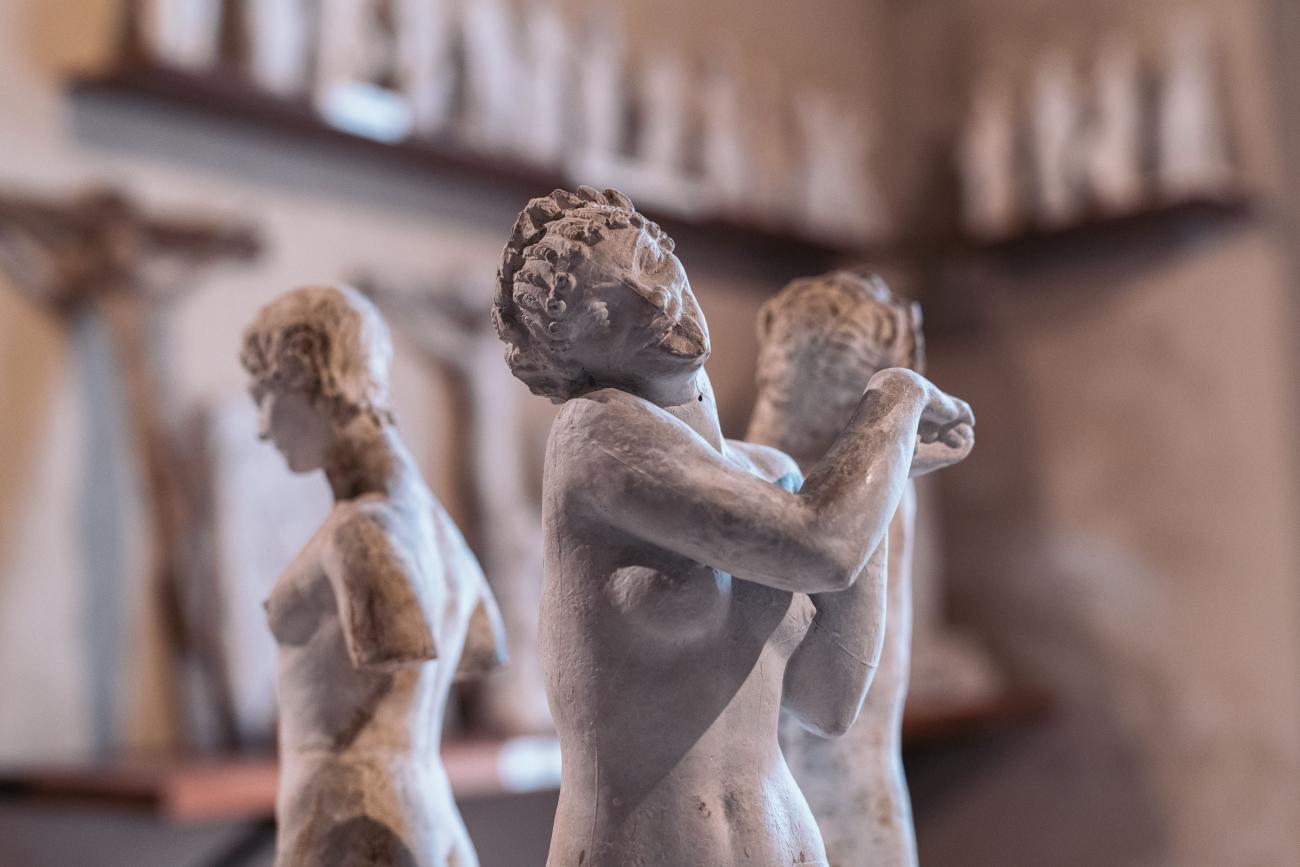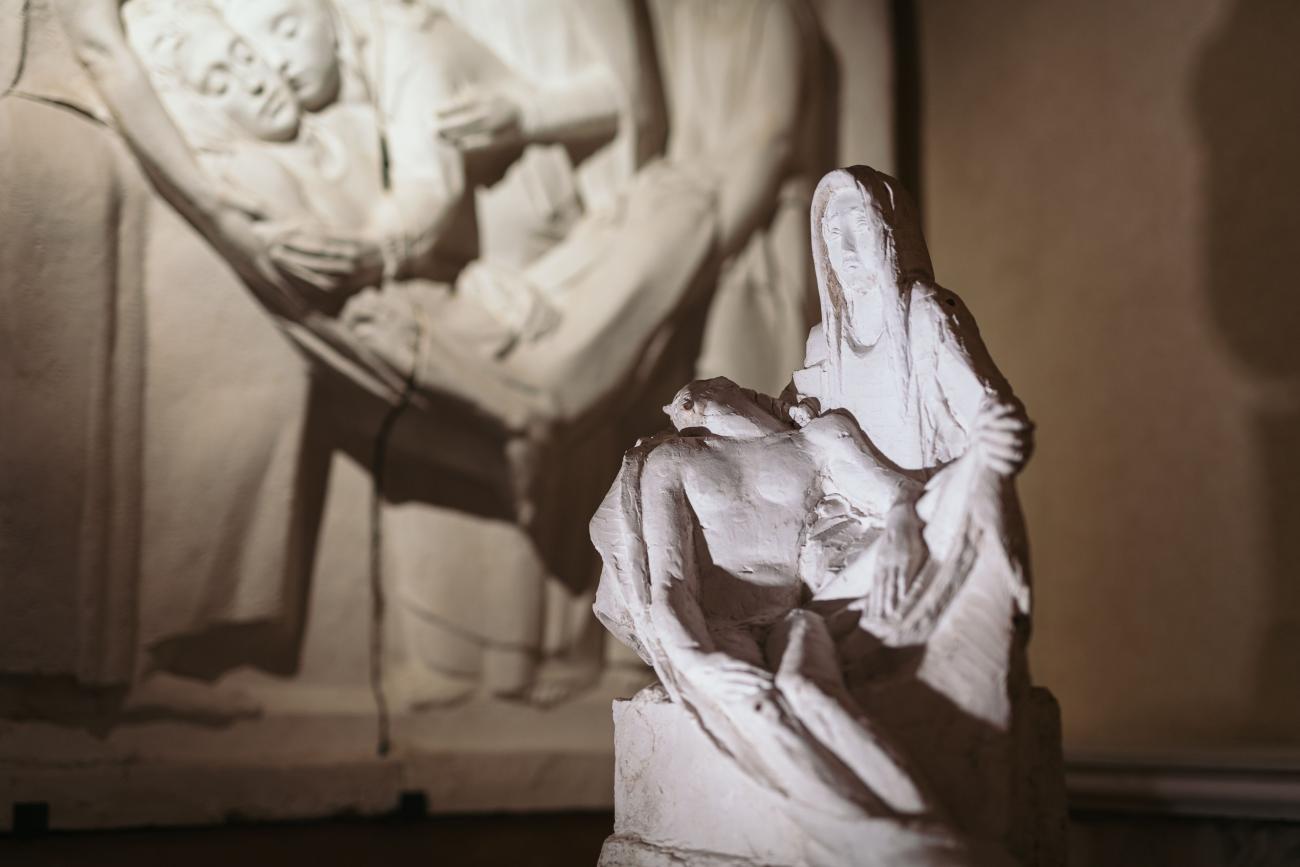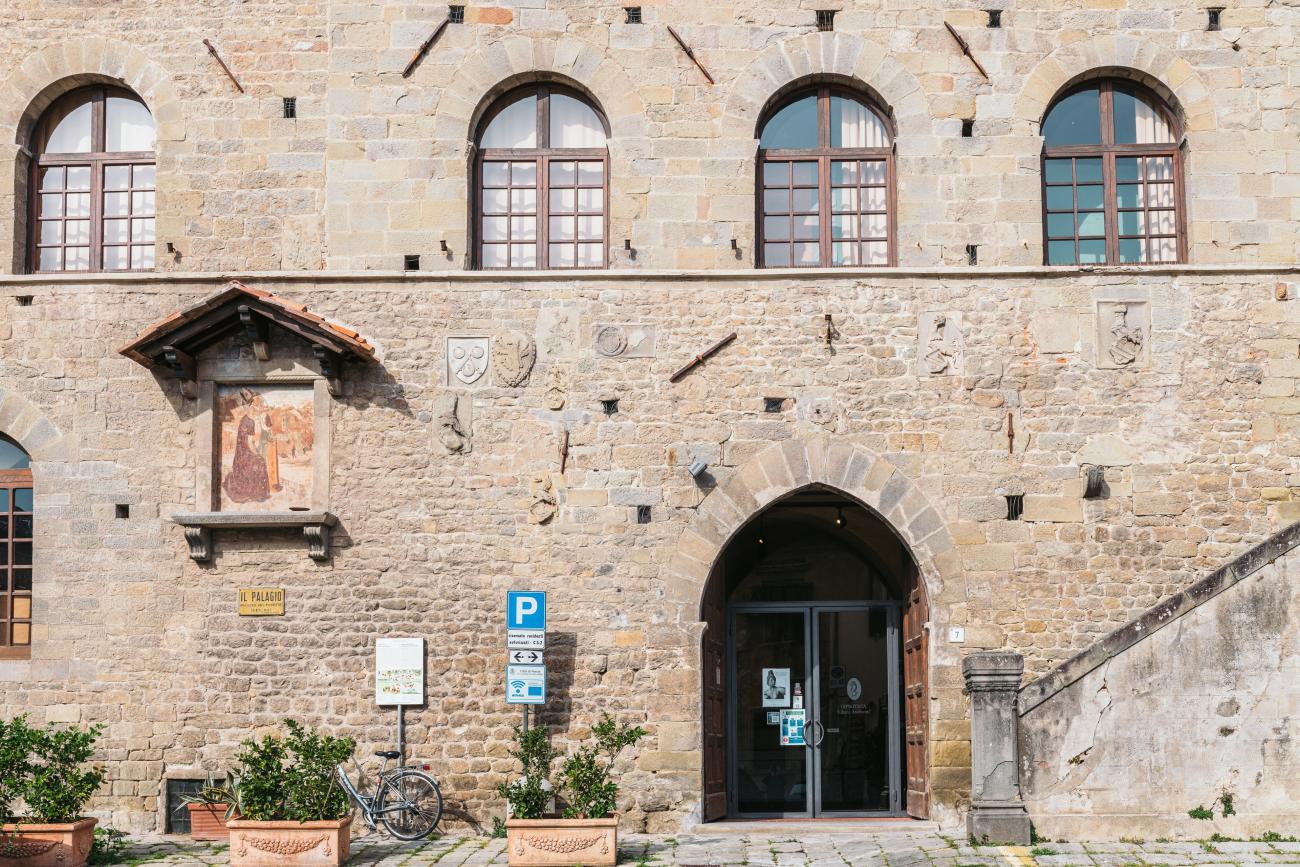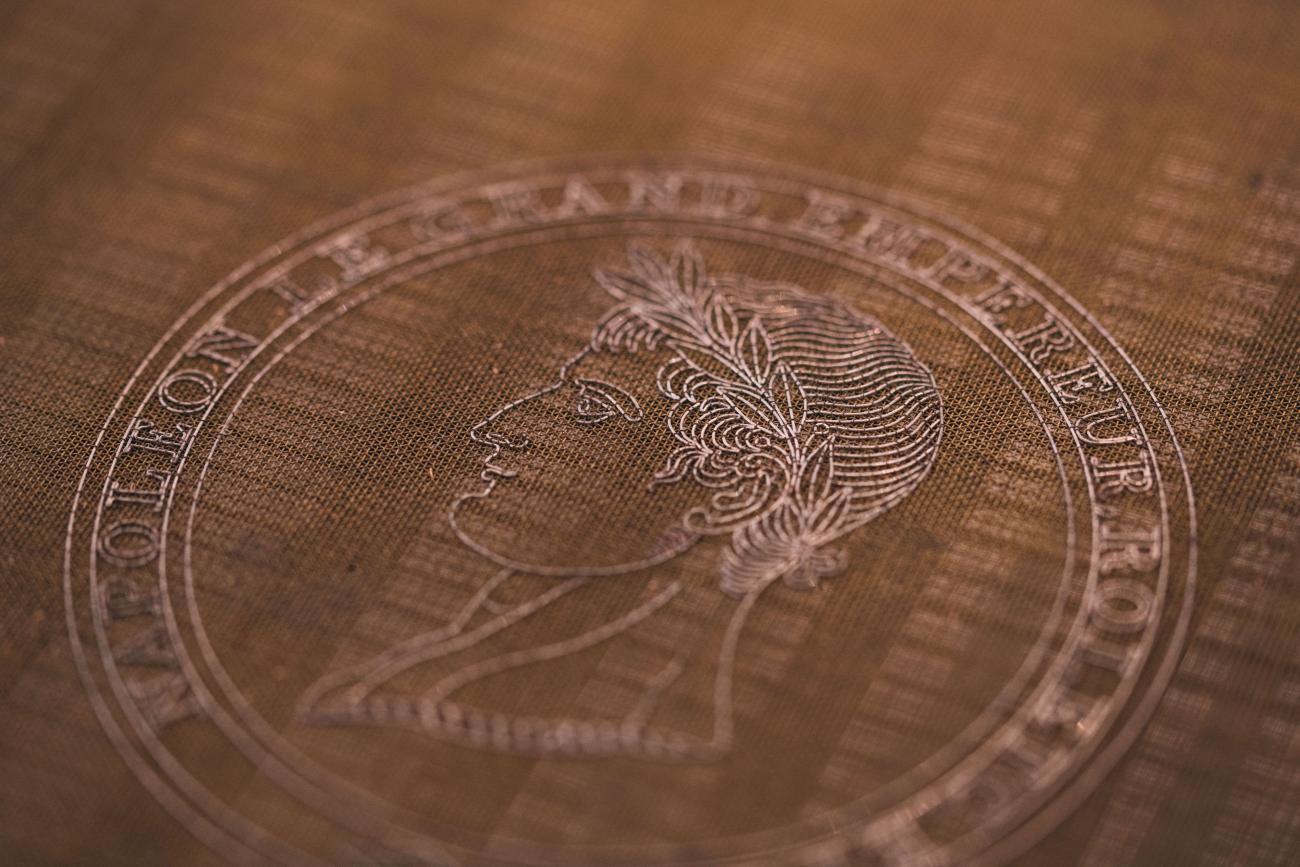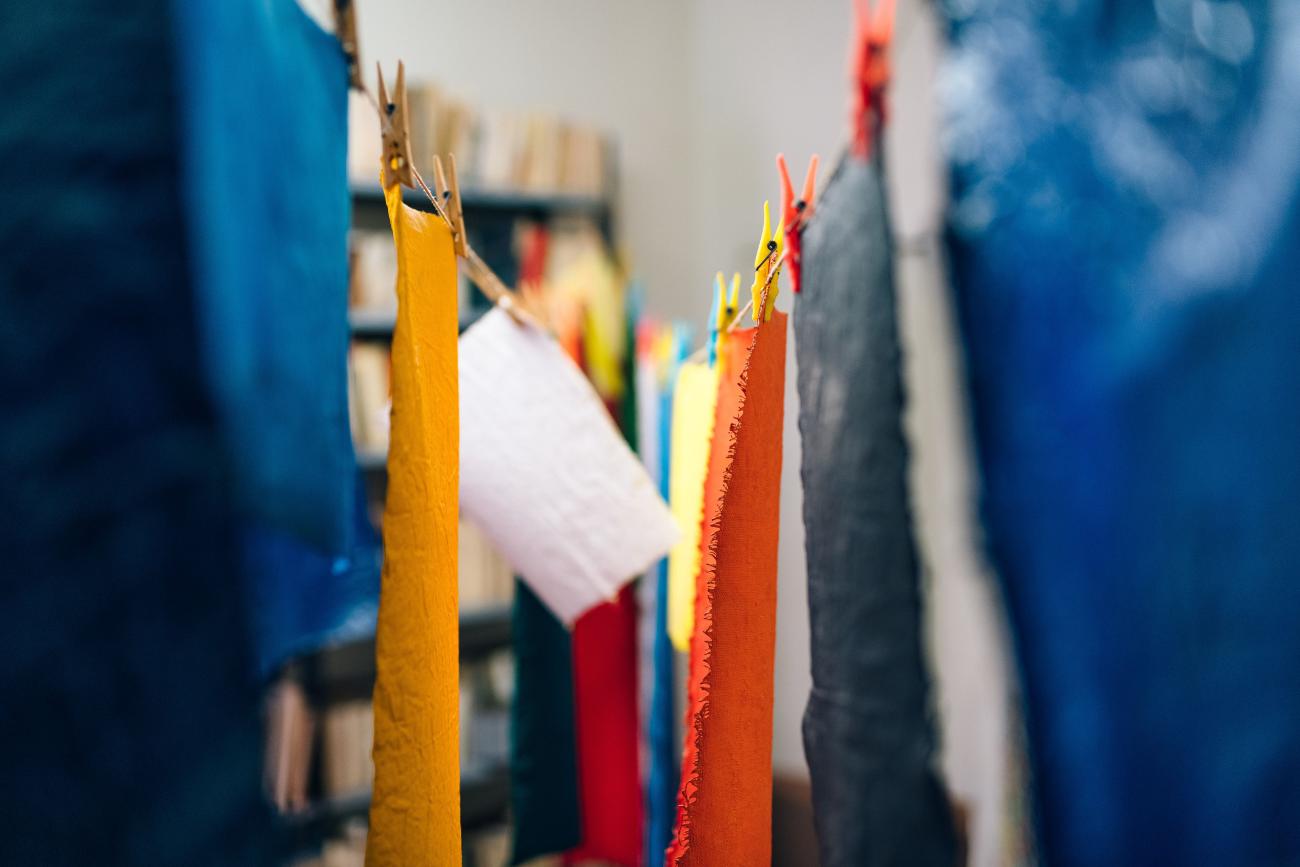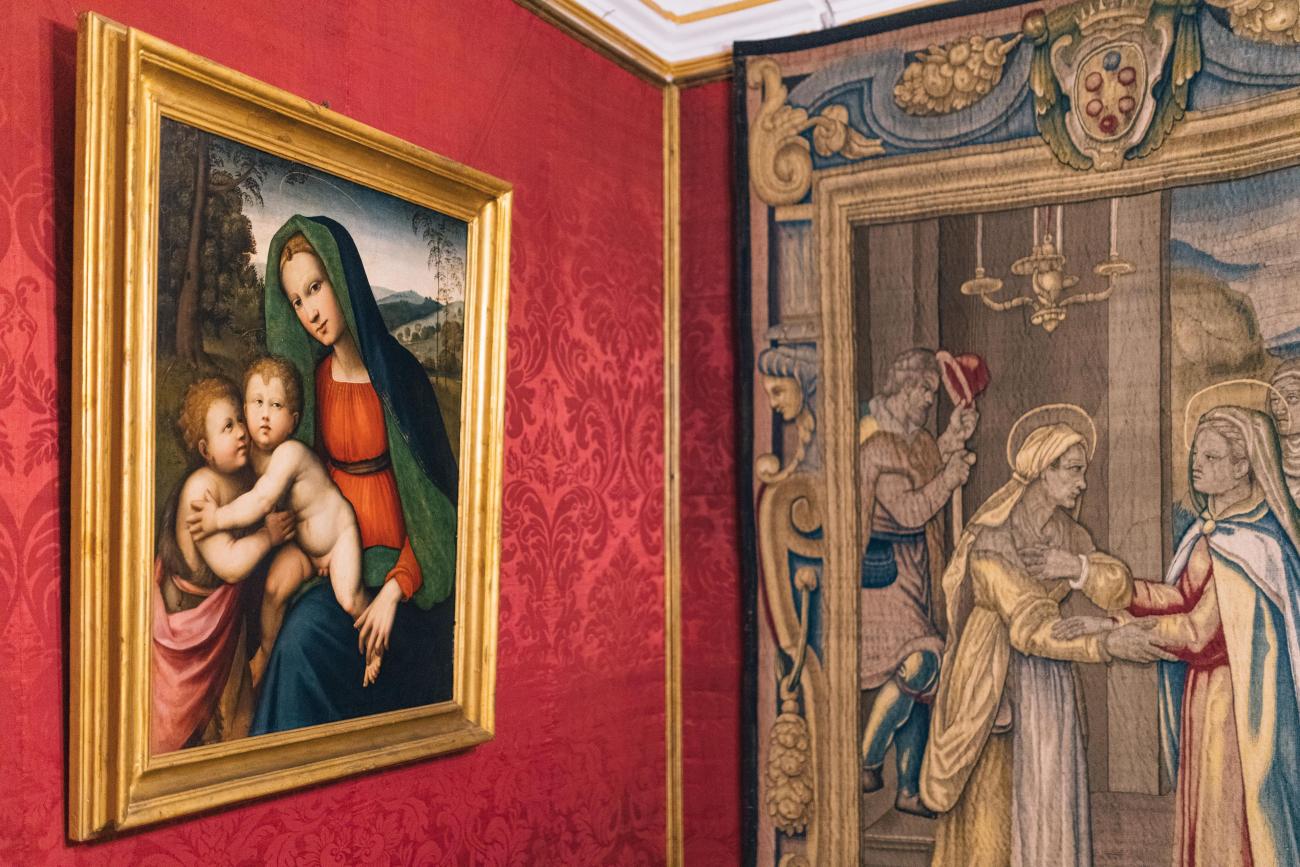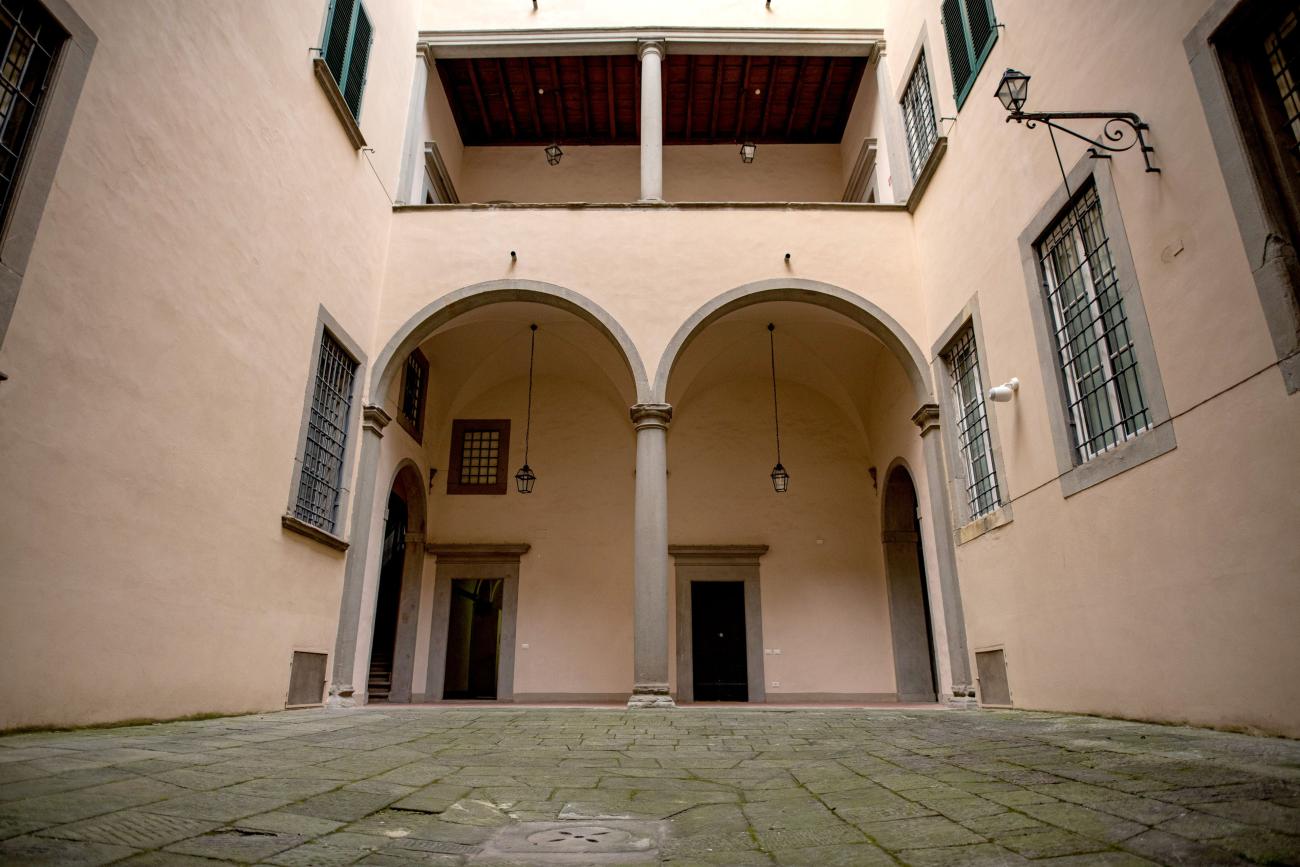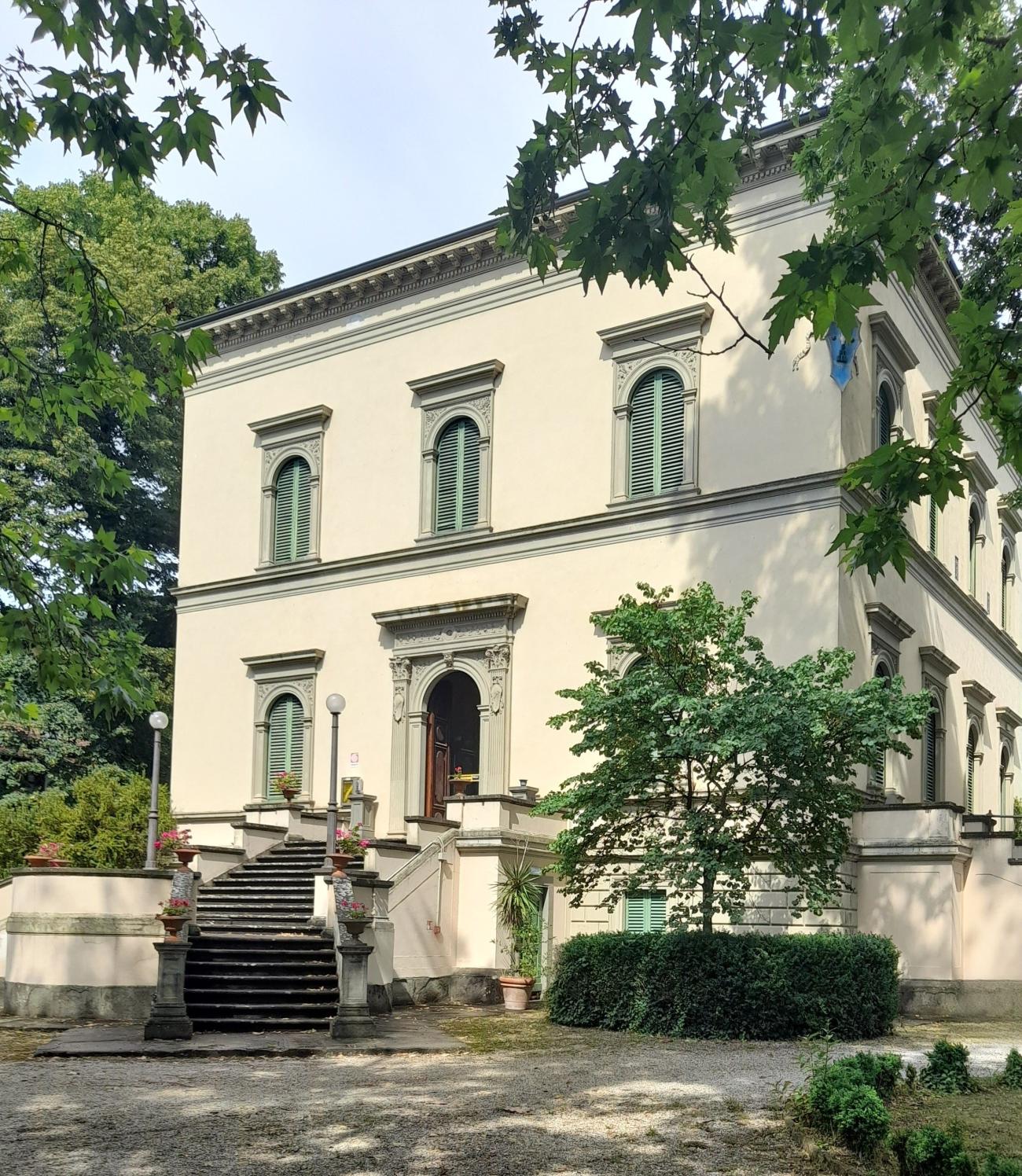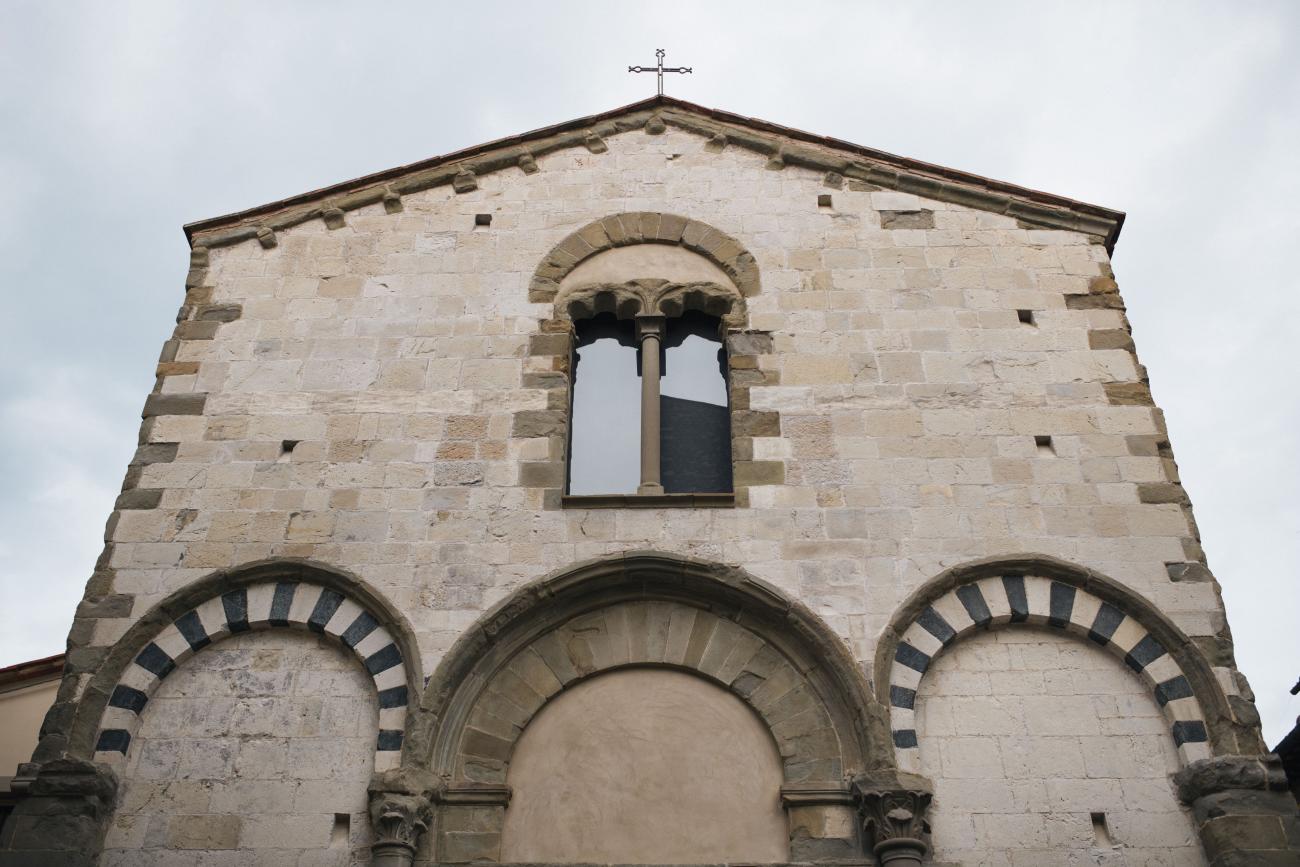
LIBERO ANDREOTTI was born in Pescia in 1875, coming from a family of humble origins he moved to Lucca in 1892 where he was introduced to the cultural world.
A self-taught illustrator, he showed up on various widely known newspapers and moved to Palermo in 1897 where he worked at the bookshop owned by the publisher Sandron. Upon his arrival back in Tuscany, in the first years of the 20th century in Florence, he discovered a passion for sculpture, which he practiced together with painting, the art of caricature and of course the art of illustrating. In 1905 he joined his friend the painter Enrico Sacchetti in Milan. There, supported by the art dealer Vittore Grubicy de Dragon, he devoted himself to figurines.
He moved to Paris in 1909 where, thanks to the influence of the couturier and patron Jean Philippe Worth (1856-1926), he was introduced to the social and artistic elite. At the outbreak of the Great War Andreotti got back to Italy where he became a close friend of the art critic Ugo Ojetti. In 1920 he got married to Margherita Carpi, the sister of Aldo Carpi, the famous painter from Milan with whom he maintained a strong friendship. In those years he also taught decorative sculpture classes at Istituto Statale D’arte of Florence. As he got closer to the faith in God his art dealt with religious themes meanwhile he began to work at War Memorials. He died in Florence in 1933.
GIPSOTECA LIBERO ANDREOTTI (PLASTER CAST GALLERY)
When Andreotti suddenly died on the 19th of April 1933 over 200 plaster cast models remained in the Pagliere Reali of the Arts Institute of Florence. At the end of the fifties all of them were taken to his family’s house in Lungarno Cellini. Andreotti was rediscovered in 1976 when Raffaele Monti arranged an important retrospective at Villa Sismondi, in Pescia. On this very occasion the idea, supported by Carlo L. Ragghianti himself, of moving the Gipsoteca from Florence to Pescia became real, the operation started after the restoration of the plaster cast that had been damaged by the 1966 flood. The public administration embraced this initiative following which in 1978 Andreotti’s sons, Lupo and Aldo, donated their father’s whole artistic heritage on one condition: it had to be displayed in the prestigious medieval Palazzo del Podestà, known as Palagio, the accessibility of which had been recently obtained after long-standing restoration.
The plaster cast gallery (Gipsoteca) was thus opened in 1992 thanks to the commitment of Florence Superintendency in the person of Ornella Casazza, thanks to whom all the works were catalogued following thematic - chronological criteria, the project was led by Raffaella Melucci and Stefano Nardini. The collection gathers approximately 250 pieces such as sketches, casts, plaster models and fragments. Together with the plaster casts even the sculptor’s personal archive was donated, it was set on the building’s second floor that nowadays includes 5600 documentary units, the collection was further enlarged (in 2003, 2014 and 2021) owing to the artist’s family additional legacy. The catalogue related to these works was published in 2004 together with a cd including letters, documents, pictures, drawings, newspaper clippings etc. The archive represents an essential tool to reconstruct Andreotti’s art, but also to support the studies concerning artistic and cultural life, both at national and international level, of the first three decades of the Twentieth Century.
Piazza del Palagio 7
51017 Pescia PT
Italy




